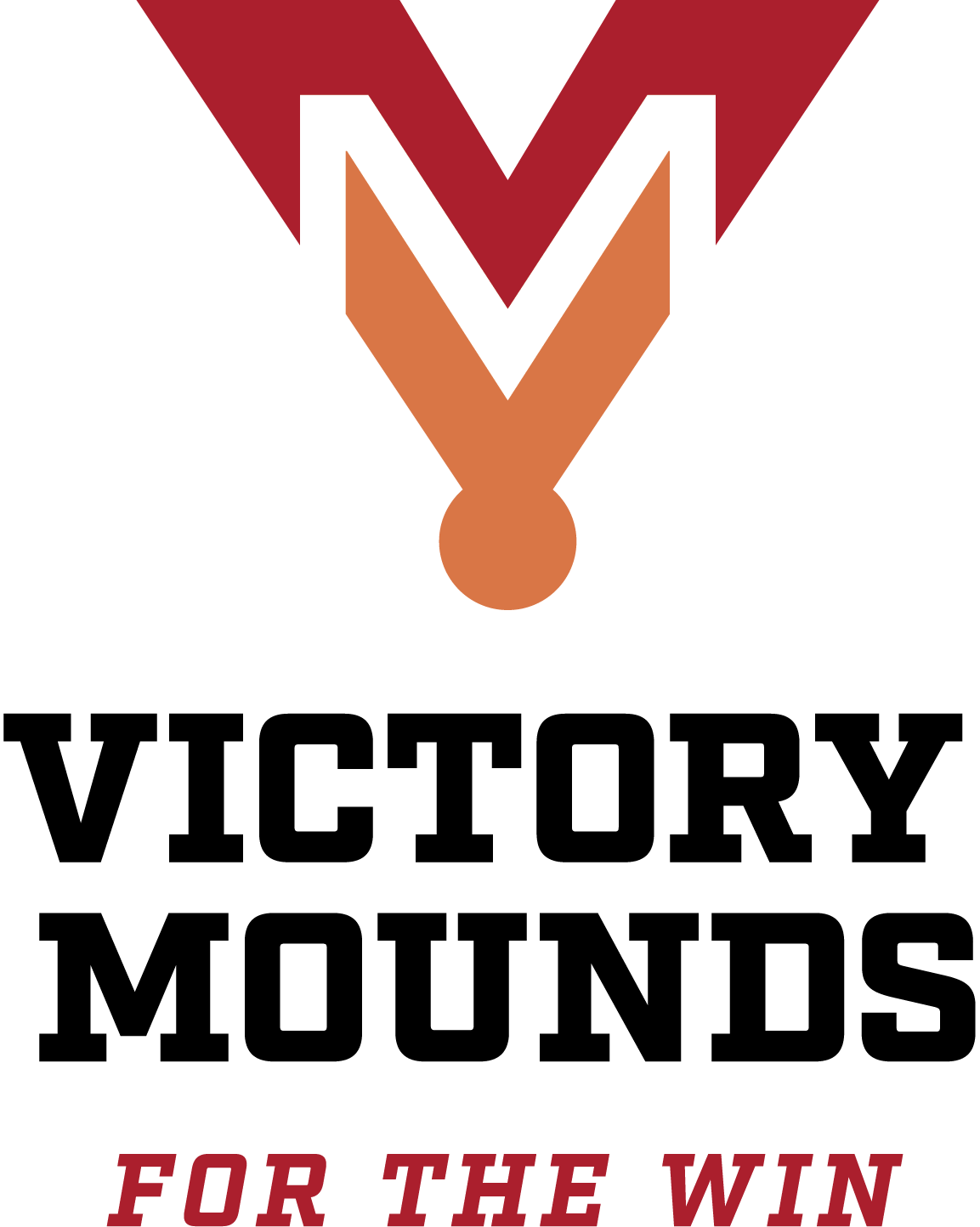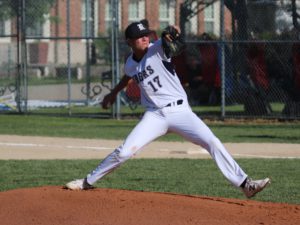For baseball players and coaches, the pitching mound is where the action starts. Unless you’re talking about a pickoff tactic based on the old hidden ball trick, every play starts with the pitcher delivering the ball.
To master that delivery and excel at the game, you need to practice off a well-made mound with the right dimensions. The specific mound specifications change at different levels, so let’s start our regulation pitching mound with a basic question.
What is the Regulation Pitching Mound Size?
While this query is the perfect way to start this blog post, it’s also something of a trick question. The size of a regulation pitching mound actually depends on what level of baseball you’re playing and the accompanying regulations that are being used.
Let’s start at the top. According to MLB.com, pitchers must start their delivery from a white rubber slab called a pitcher rubber, which is also known as the pitching plate, that has to be exactly 60 feet, 6 inches from the back edge of home plate.
The size of the pitching rubber is carefully specified as well. It has to measure out at 24 x 6 inches, and it has to stand exactly 10 inches above the level surface in the home plate area.
As for the mound itself, it has to be a circle that is exactly 18-inches in diameter. That circle has to be surrounded by a level area that measures out at 5 feet x 34 inches, and the pitching rubber has to be placed exactly 18 inches behind the center of the mound.
The slope of the mound is also explicitly specified. It has to start six inches in front of the rubber, then increase exactly inch for every six feet in the direction of home plate.
Field Dimensions, Overall Size and Mound Size
While the size and dimensions of the infield area for a professional playing field is carefully defined, the dimensions of the outfield and where the fences are placed can vary widely.
Quick look at a few professional parks will verify this. The infamous left field Wall at Fenway Park looks nothing like its Tropicana Field counterpart, for instance, and the outfield configuration at Oracle Park, which is where the San Francisco Giants play, is completely different from both.
- Infield dimensions. The infield must be a square with 90 feet on each side. From there, the basic outfield area is defined by extending the third and first base lines to the foul pole, which is where the wall further defines the scope of the outfield area.
- Outfield distances and dimensions. In major league baseball, the distance between home plate and the nearest outfield fence must be at least 325 feet, and the distance in center field must be exactly 400 feet.
Exceptions have been made throughout the history of baseball, and these exceptions are part of what has made that history so colorful and unusual.
- College fields. Some college fields reflect these basic outfield dimensions as well, but many are smaller due to the fact that college players are still growing and developing.
- High school fields. High school fields usually tend to follow major league dimensions in the infield, but some actually have no fences at all.
Mound Dimensions for the Little League Pitcher
For developing players in Little League and youth league, the mound dimensions are different. Specifically, they’re smaller.
The pitching mound height is 6 inches for players younger than 11, and 8 inches when those players graduate to youth league baseball in the 11-13 age range.
To master these height and distance transitions, you need a portable pitching mound that replicates them exactly.
It also has to be durable, which is why products made by companies like Victory Mounds have become a popular choice for quality programs that are focused on skills development, performance improvement and winning.
Using Moundmaster Blocks to Build a Mound
One of the biggest fallacies about modern pitching mounds is that they’re built by dumping loads of dirt into the circular area, then carefully shaping that dirt into the tailored, sculptured bump used in the modern game.
Not true—but this methodology isn’t far off, either. While special products like professional mound clay and packing clay are used to build a mound, the major tool used to build today’s precise pitching mounds is a series of mound blocks.
Turface Professional Mound Blocks
So what is a mound block? To some extent the name doubles as the definition, but there’s a bit more to it than that, so let’s get a little more technical in our explanation.
Specifically, a mound block is a parallelogram. So are most squares, but what differentiates a mound block is that the parallelogram is shaped precisely, with 10 degree angled sides running the length of the block.
The idea behind the precision is simple. The angled sides of the mound block are designed to overlap and fit together, so that they form a solid mass that’s more stable and easier to put together.
These mound blocks aren’t made from just any dirt, though. At the upper levels of baseball, they’re made from extruded, unfired red gumbo clay, and the companies that manufacture them go by names like Turface Athletics, which calls its Turface professional product MoundMaster Blocks.
Help Your Pitcher Master the Mound
The process of acclimating a pitcher to a sloped mound actually starts very early, with the slope increasing gradually a players get stronger.
Victory Mounds makes portable pitching mounds and game mounds that are specifically designed to help accelerate this process.
These mounds are precisely manufactured to the appropriate regulation pitching mound dimensions, and they’re built out of durable fiberglass compounds. That means they’ll stand up to the wear and tear of constant practice, both in-season and out.
They also feature authentic pitching rubbers that allow pitchers to experiment with different delivery points, and the landing area in front of the rubber is reinforced with artificial turf to ensure a stable landing and prevent injury.
These mounds are incredibly important when it comes to player development, and if you’re coaching a team or playing at a high level, you owe it to yourself to explore the possibility of getting one.
The process starts with phone call, and the number is 800 835 9460. When you contact us, we’ll start by answering your specific questions, and we’ll also talk to you about your baseball program and your needs.
You can also learn more about us by going to VictoryMounds.com, where you can access information about individual products. If you’d prefer to email, you can contact is at info@victorymounds.com.

